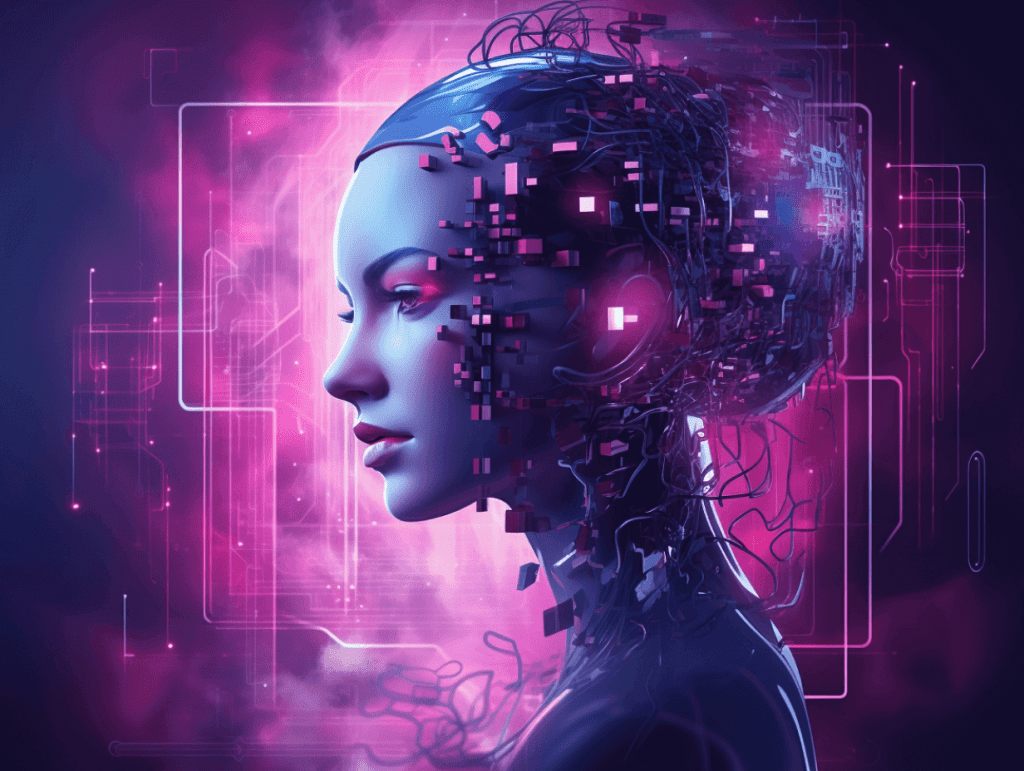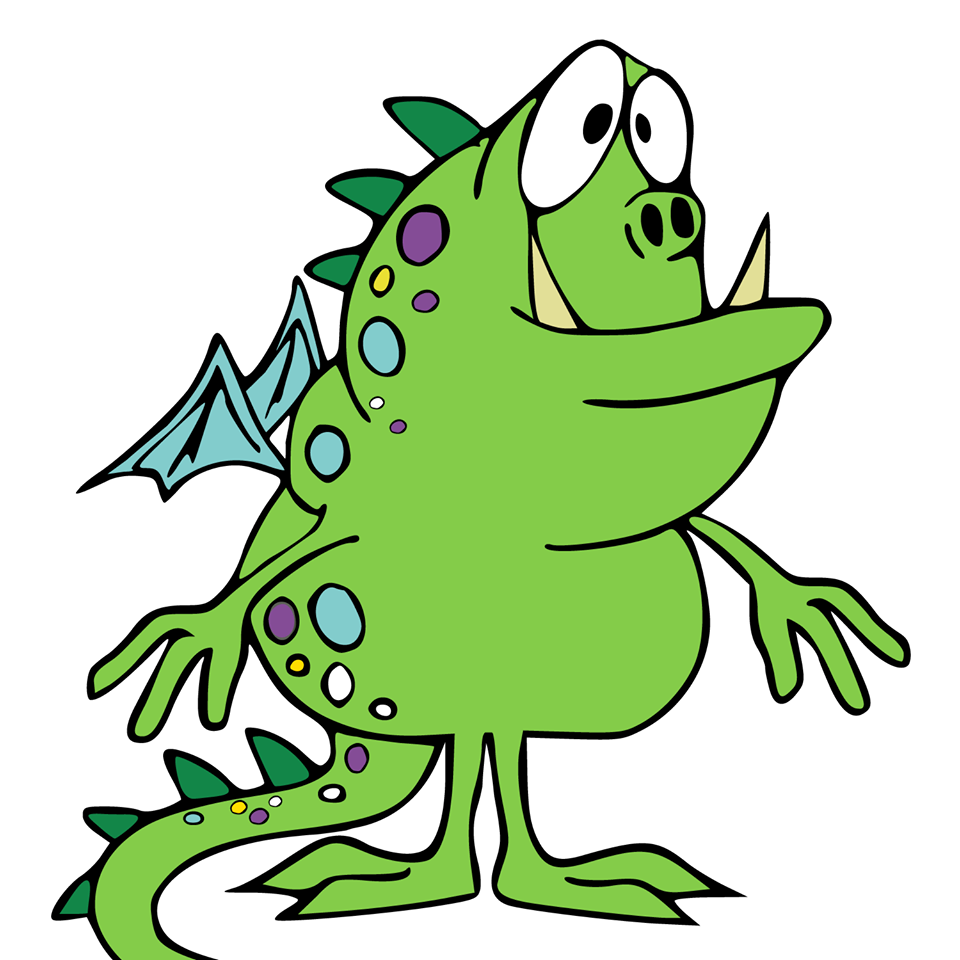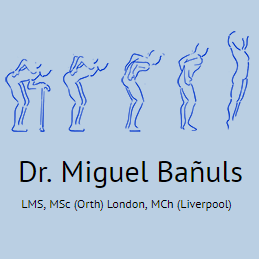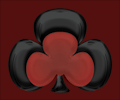AI in graphic design is revolutionizing the way designers create and innovate. As artificial intelligence continues to integrate into design tools, its impact on designers is significant and undeniably transformative. No longer are graphic design tools limited to simple tasks; they now extend to generating logos, curating layouts, and assisting in brand identity creation, all while streamlining the creative process. In 2023, we are witnessing a surge in graphic design trends that heavily incorporate AI technologies, allowing designers to enhance their skills rather than diminish their roles. With this shift, the future of graphic design not only embraces AI and creativity but also positions human designers at the heart of this evolving narrative.
Artificial intelligence’s burgeoning presence in the realm of design is a game-changing phenomenon. Graphic creatives are now able to leverage advanced computational tools that assist in everything from the refinement of visual elements to the conceptualization of entire campaigns. These innovations signify a new era where technology and human initiative coexist harmoniously, propelling the profession into the future. As we analyze the future trajectory of design, it’s clear that AI’s role will complement, rather than replace, the artistic endeavors of professionals in the industry. This collaborative synergy opens up exciting possibilities for the effective and imaginative design of tomorrow.
The Growing Role of AI in Graphic Design
AI is dramatically shifting the landscape of graphic design in ways that could only be imagined a few years ago. It’s not just about machines churning out logos; AI is enhancing the capabilities of designers by automating routine tasks. For example, a designer can generate multiple logo options with a few clicks, saving hours of work that can then be redirected to more complex creative challenges. However, this raises the question: does ease equal replacement?
Despite AI’s impressive abilities, it cannot replicate the intrinsic creativity that human designers possess. Each design tells a story beyond mere aesthetics; it carries meaning and emotion. When a designer crafts a brand identity, they delve into the essence of the brand—think of the values it espouses and the narrative it wishes to convey. While AI can generate templates and variations, the nuanced understanding of human experience and connection that designers bring to the table is irreplaceable.
Can AI Replace Graphic Designers? The Truth Behind the Hype
The question of whether AI can replace graphic designers often stirs strong emotions. Many fear the loss of jobs to machines, but the reality is far more complex. AI excels at performing repetitive tasks, such as resizing images or creating design variations, which allows designers to focus on more innovative aspects of their work. In essence, AI is not the enemy; it is a tool that, if leveraged correctly, can enhance a designer’s skill set.
Consider the imaginative aspect of design. The best ideas often come from human intuition and inspiration—something AI can’t replicate. Machines lack the ability to feel or produce concepts from personal experiences, which are essential to groundbreaking design. Therefore, while AI may assist in many areas, the core of true design—vaulting creativity and unique ideas—remains securely in human hands.
The Impact of AI on Design Jobs
The narrative that AI will decimate design jobs is not only exaggerated; it’s fundamentally flawed. The technology is intended more as an ally to designers rather than a competitor. For instance, when faced with a tight deadline, a graphic designer can utilize AI tools to streamline proofing and revision processes. This efficiency doesn’t diminish the designer’s role; it actually elevates it by allowing them to devote more energy to innovative pursuits.
While certain repetitive tasks may become obsolete, the essence of creative problem-solving and ideation remains critical. Designers will still need to interpret data, understand market trends, and engage with clients to create meaningful designs. The role of a designer isn’t diminishing; it’s evolving into a position where humans are empowered by technological advancements.
Graphic Design Industry Trends
As AI continues to integrate into graphic design, its impact on how work is produced is undeniable. With platforms like Adobe Sensei leading the charge, designers now have powerful tools at their disposal. These innovations allow for more sophisticated design capabilities, enabling professionals to work more efficiently and effectively. Yet, it’s important to highlight that foundational skills in design remain crucial.
AI serves to complement human creativity rather than replace it. By automating mundane tasks and providing suggestions, designers can allocate their time toward exploration and creativity—elements that give rise to memorable and impactful designs. In this light, AI emerges as an assistant that enhances rather than hinders the creative process.
The Future of Graphic Design: A Synergy Between AI and Designers
Looking towards the horizon, the future of graphic design seems to beckon a collaborative relationship between human designers and AI technology. Instead of envisioning a scene where robots dominate the landscape, imagine a vivid partnership where designers leverage AI to fine-tune their innovative ideas. This symbiosis will likely propel the design field to unprecedented heights.
With the advent of AI tools, designers can concentrate on honing their unique artistic styles and pushing creative boundaries. AI might help surf through design trends or even overcome creative roadblocks. This leaves designers free to engage in high-level thinking and brainstorming, enabling them to produce work that’s truly extraordinary. Yes, the road ahead is bright, and it’s paved with creativity and collaboration!
Conclusion
Ultimately, AI is not a harbinger of doom for graphic designers. In fact, it opens up a plethora of opportunities for enhanced creativity and innovation. The animating force behind compelling design will continue to be human ingenuity, augmented by AI’s capabilities. Designers must see AI as a supporting player, a means to streamline their workflow and amplify their creative potential.
The future of design is exciting, and rather than fretting about machines taking over, designers ought to embrace the evolving landscape. The harmonious integration of human creativity and AI efficiency promises to propel the graphic design industry to new heights, ensuring that the core of design remains vibrant and alive.
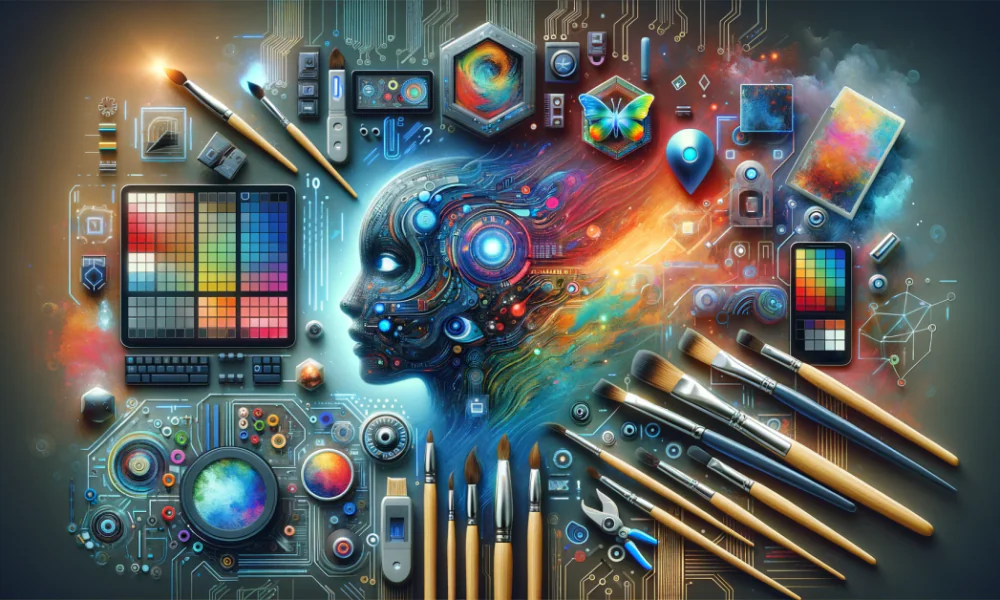
Embracing Change in Graphic Design
As we move into the era of AI in graphic design, it is imperative for designers to embrace this change rather than resist it. While fears about job security loom large, the reality is that AI is not an enemy but a powerful ally. By integrating AI tools into their workflows, designers can unlock new levels of creativity and efficiency. The collaboration between human ingenuity and machine precision enables a more expansive exploration of design possibilities that were previously unimaginable.
Moreover, embracing AI in graphic design presents opportunities for professionals to enhance their skill sets. Designers can focus on developing new strategies, exploring innovative concepts, and delivering more impactful solutions for clients. Adapting to this technological revolution not only fosters personal growth but also equips designers with the tools necessary to stay relevant in a constantly evolving industry.
The Bright Future of Design with AI
The future of graphic design is undeniably bright, as the synergy between AI and human creativity continues to flourish. AI’s ability to automate repetitive tasks frees designers to concentrate on what truly matters—crafting compelling narratives and emotional connections through their art. This evolving landscape allows designers to leverage AI as a source of inspiration, enabling them to push the boundaries of their work and explore uncharted territories in design.
In this exciting journey, designers who choose to view AI as a partner will pave the way for a new era of creativity and innovation. By utilizing AI tools, they can enhance their productivity and deliver unique solutions that resonate with audiences. The potential for collaboration between humans and machines signifies a groundbreaking shift in the design industry, one where the creative possibilities are boundless.

